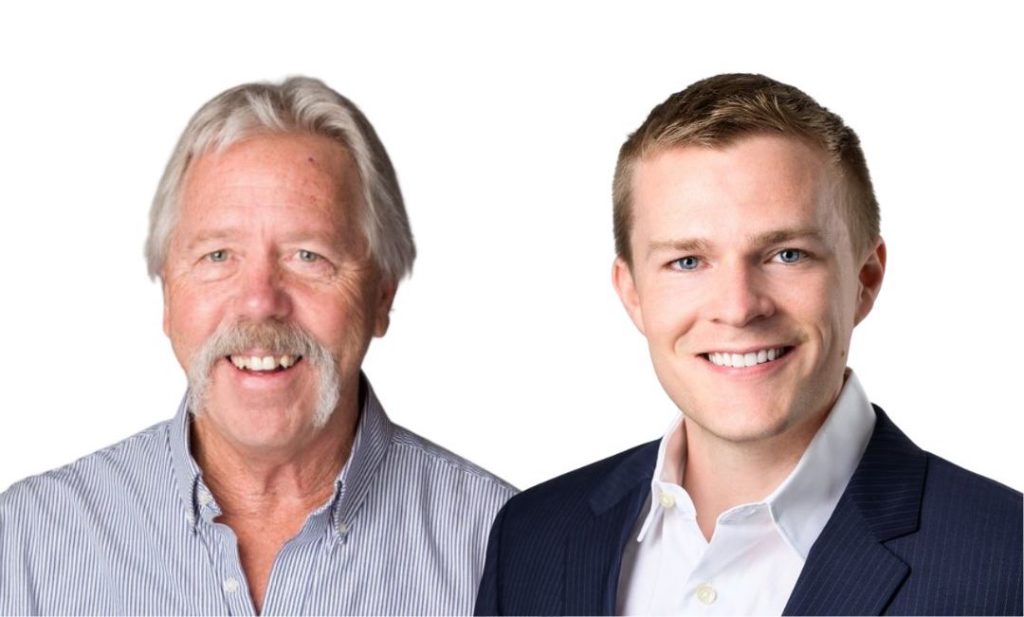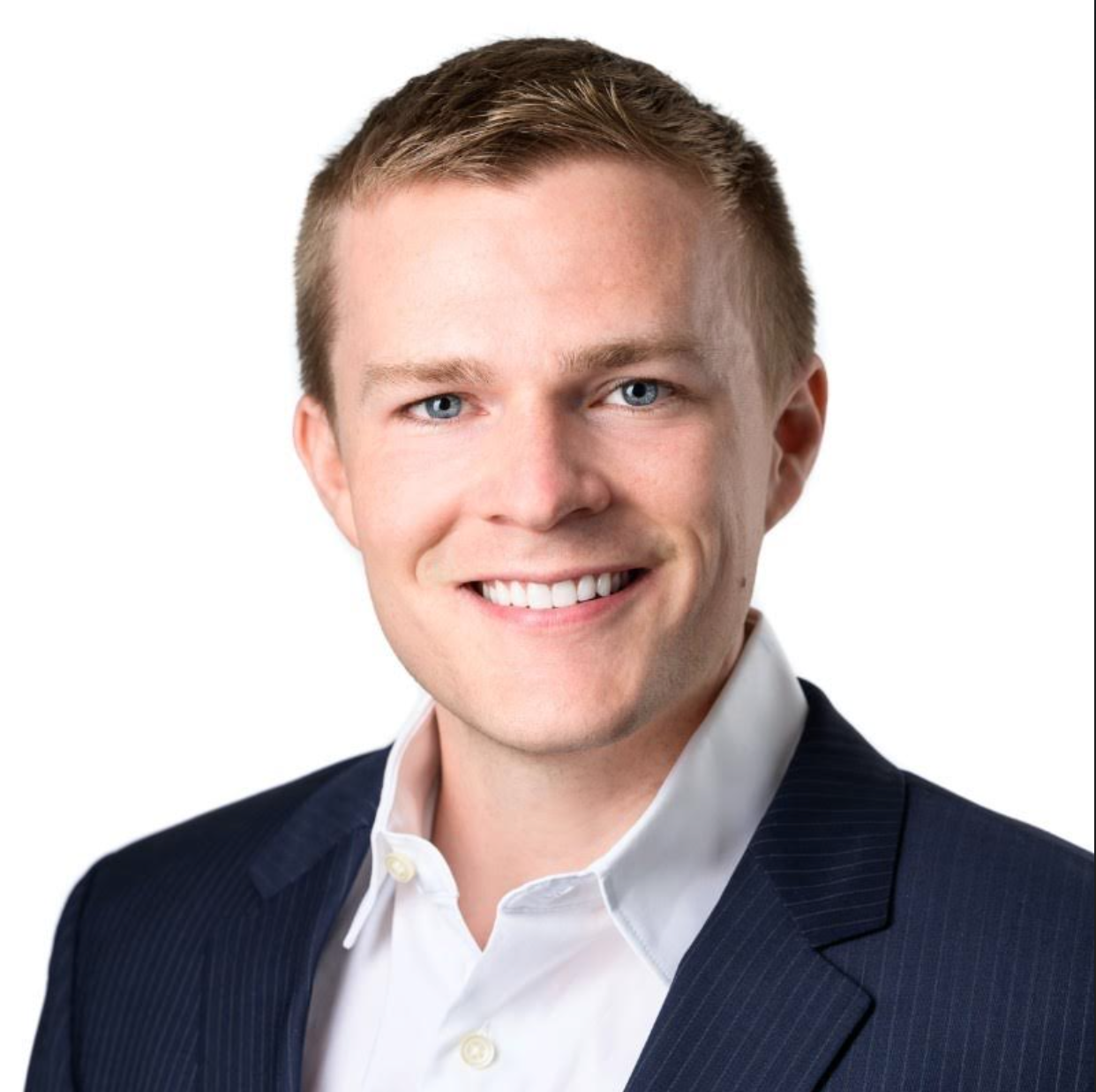
YYYY: Recapping the Tests and Looking Ahead
August 29, 2022
By: Bob Finken & Blake Ericson
A regulatory shakeup for certain stationary combustion turbines
In the early part of 2022, the Environmental Protection Agency (EPA) finalized its amendments to the National Emission Standards for Hazardous Air Pollutants (NESHAP) for stationary combustion turbines. The updated rule went into effect on March 9 and can be found here in subpart YYYY of Title 40 of the Code of Federal Regulations. Owners and operators of new lean premix or diffusion flame gas-fired turbines at certain locations will want to pay attention as this rule carries hefty ramifications; as of March 9, 2022, the stay on the effectiveness of the standard for new lean premix and diffusion flame gas-fired turbines that was in place since 2004 is now lifted.
How we got here
Let’s recap before we dig deeper into what this means today. The initial NESHAP ruling from 2004 requires owners and operators of affected stationary combustion turbines to adhere to emission standards regarding hazardous air pollutants (HAP). This was done to better protect public health from the high emissions of formaldehyde, toluene, benzene, and acetaldehyde that stationary combustion turbines were found to produce. After the Gas Turbine Association filed a petition with the EPA in 2002 to excuse lean premix combustion turbines that fired natural gas, the EPA would go on to propose the removal of this category of combustion turbines from the list of required NESHAP adherents. Additional deliberation resulted in the EPA proposing the removal of diffusion flame-gas fired turbines as well. Until a decision was made whether to permanently exempt these categories from HAP emission standards, a stay was put into place to grant temporary exemption from the ruling.
But there was a caveat: If the proposed action to remove these categories from the list of NESHAP adherents didn’t come to fruition after a reasonable passage of time, the EPA noted that it would remove the stay—which means that turbines falling into either category and were constructed or reconstructed after January 14, 2003, would be subject to the HAP emission standards codified in NESHAP. Once more, the EPA would give the owners and operators of these turbines the same allotted amount of time to demonstrate compliance as if there had been no stay at all.
Why now is the time for urgency
Flashforward to March 9, 2022. The stay is removed, and the owners and operators of new lean premix and diffusion flame gas-fired turbines that are located at major sources of HAP emissions now find themselves having to comply with the slate of national HAP emission and operating limitations as laid out in NESHAP. Examples of the concentration limits for turbines found in NESHAP include 5 ppm for CO and 91 ppb for formaldehyde. Companies that were once exempted from these and other concentration limitations because of the stay must now demonstrate initial compliance with NESHAP no later than September 5, 2022—and do so going forward on a continuous basis.
For example, any turbine which commenced construction after January 14, 2003 and is located at a major source of HAP emissions must be tested annually for formaldehyde emissions, in addition to any other testing like typical RATA tests.
What must be done and how Montrose can help
If your company is among those impacted by the March 9 ruling, don’t get caught flat footed. The NESHAP emission and operating standards for stationary turbines present technical challenges. We use state-of-the-art StarBoost FTIR technology and advanced modification techniques to make the low limits of detection necessary to prove compliance possible, and we can provide results on site and in real time. We’ve worked with the owners and operators of many stationary combustion turbines and helped them demonstrate emissions under 25 ppb for formaldehyde, which is well under the limitation of 91 ppb set by NESHAP.
Where to go from here
The regulation includes a 60-day requirement to submit a test protocol to the EPA, which ended on July 7. So, if your company hasn’t completed that, the deadline has passed and an alternate plan of action must be considered. At the time of this writing, we at Montrose have a heavily impacted schedule for both instruments and spectroscopists up until September 8, but please contact us regarding alternative plans.
If you haven’t made any moves to comply with YYYY yet, we suggest you engage a regulatory agency immediately and ask them for permission to submit a test protocol on short notice.
Going forward, it’s important to note that testing regulations are changing with each coming year. From a testing perspective, one year the EPA added regulations regarding particulate matter, then formaldehyde another year. Now there are times when we test dioxins and other previously unregulated compounds including PFAS compounds. We can bundle typical RATA and compliance testing, and new regulatory testing together into their regular compliance testing for a more efficient, cost-saving compliance test campaign with a single mobilization. As expert air and regulatory consultants, we can help you understand the implications of the emissions data you collect and how to collect it, especially when adhering to novel regulations.
September 5 is approaching at breakneck speed. If your company is impacted by the amendments to YYYY, let’s work together to ensure you’re NESHAP compliant.
 Bob Finken
Bob Finken
SVP, Montrose Air Quality Services Stack Test Division
Bob Finken is a Senior Vice President at Montrose Air Quality Services Stack Test division where he oversees the ASTM D-7036 Quality Management System, Logistics, Stack Labs, and Reporting teams. Bob began source testing in Southern California working for KVB in 1978 and has been actively involved in local, state, national, and international test programs continuously since then. Prior to Joining Montrose in 2014 he was President of Delta Air Quality Services, Vice President at Carnot Technical Services, Director of Testing Services for Energy Systems Associates. He was president of the Source Evaluation Society (SES) from 2005 – 2013 and is member of the SES Stack Sampling Hall of Fame. Bob remains active with SES, AWMA, and the Institute of Clean Air Companies (ICAC) as Co-chair of the Emissions Measurement Division.
 Blake Ericson
Blake Ericson
Business Development Manager
Blake Ericson is a Business Development Manager for Montrose Environmental Group. Mr. Ericson has 6 years of experience in the fields of air quality management, engineering, and regulatory testing; primarily involving FTIR and GC-FTIR technologies. He began as chemist and analyst for Prism Analytical Technologies in February 2015. Since then he has completed >120 individual projects both solo and with teams throughout the United States and internationally. Mr. Ericson received his MBA and BS in Biochemistry from Central Michigan University.
Connect with him on LinkedIn.

